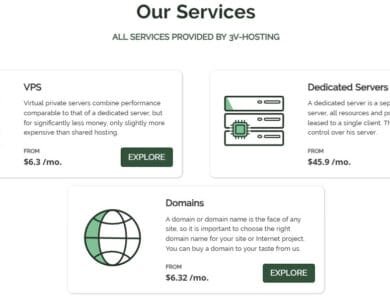Exploring the Benefits of Human Resource Accounting in Organisations
Human Resource Accounting

The strategic management of Human Resources is critical to long-term success in modern companies. Businesses understand that their employees are significant resources rather than just a cost. The worth of an organization’s human capital may be measured and reported in an organized manner with the help of Human Resource Accounting (HRA), an essential tool.
In this blog, we delve into the complexities of HRA, examining its importance in modern company settings and illuminating the Advantages and Disadvantages of Human Resource Accounting.
Table of Contents
- Understanding HRA
- Human Resources as Assets
- Advantages of HRA
- Strategic Decision-Making
- Performance Evaluation and Incentive Programs
- Investor Confidence
- Disadvantages of HRA
- Subjectivity and Measurement Challenges
- Complexity in Implementation
- Potential Resistance from Employees
- Navigating Ethical Considerations in HRA
- Conclusion
Understanding HRA
HRA includes putting an organization’s human resources’ worth and cost into numerical form. HRA broadens its scope beyond standard financial accounting, which concentrates on material assets, by recognizing that an organization’s success is greatly influenced by its competent and motivated people. This strategic approach is in line with the dynamic nature of enterprises, where knowledge, skills, and innovation drive competitive advantage.
Human Resources as Assets
Human resources are a unique asset class, frequently called an organization’s lifeblood. A more comprehensive knowledge of an organization’s value is made possible by including the human aspect in financial reporting. HRA sees people as assets that grow in value over time, particularly when they are supported through training and development initiatives, as opposed to just being expenses. Businesses can learn more about the long-term viability of their human resource by incorporating this viewpoint.
Advantages of HRA
Strategic Decision-Making
The potential of HRA to assist in strategic decision-making is one of its main benefits. Organizations can make better decisions on hiring, training, and talent retention if they give human capital a monetary value. This improves personnel management’s efficacy and synchronizes HR plans with corporate objectives. It is strategically vital for firms to have a comprehensive knowledge of human resources contribution as they negotiate the complexity of a competitive market.
Performance Evaluation and Incentive Programs
HRA makes it easier to evaluate performance in a more detailed way. Through the process of putting a monetary value on individual abilities and competencies, organizations may create incentive programs that are both equitable and connected to the real contributions made by their workforce. This cultivates an environment of meritocracy, inspiring staff members to advance their careers and significantly contribute to the company’s goals.
Investor Confidence
Investors can get a more complete view of a company’s financial health by knowing the worth of its human capital. The demonstration of a long-term sustainability commitment by HRA can bolster investor trust. Investors want transparency in reporting as intangible assets play a bigger role in a company’s success and see human capital as a major predictor of future development potential.
Disadvantages of HRA
Subjectivity and Measurement Challenges
HRA has drawbacks, even with its benefits. The subjectivity of human capital valuation is one of the main issues. In contrast to market-valued financial goods, valuing talents and expertise is rather subjective. This adds a degree of uncertainty to the valuation process and calls into question the consistency and dependability of HRA data.
Complexity in Implementation
It takes a lot of work and resources to implement an HRA system. Establishing sound processes for evaluating talents and competencies is crucial for organizations, and it may be challenging, especially for companies with a diverse workforce. For some firms, adopting HRAs is a difficult undertaking because of the additional complexity created by the requirement for specialist knowledge in accounting and human resources.
Potential Resistance from Employees
The possibility of staff resistance is another issue. Implementing a system that measures their worth could give rise to worries over equity, job stability, and privacy. Employee relations and morale may suffer if they are perceived as nothing more than a financial statistic. Addressing these issues and guaranteeing a seamless transition to an HRA framework requires effective communication and transparency.
Navigating Ethical Considerations in HRA
Ethical issues become more prominent as organizations engage with HRA. Maintaining employee well-being while appreciating human capital requires careful consideration. Analyzing concerns regarding privacy, equitable remuneration, and possible effects on workplace culture requires careful consideration. HRA implementation calls for a sophisticated strategy that protects the organization’s financial interests and the overall well-being of its staff by prioritizing openness and moral behavior.
Conclusion
To sum up, HRA signifies a paradigm shift in how businesses view and handle their most precious asset, their workforce. The approach has drawbacks despite providing observable advantages in performance assessment, investor confidence, and strategic decision-making. The benefits of HRA are becoming clearer and clearer as organizations develop, which emphasizes the significance of an all-encompassing organizational management strategy that acknowledges the critical role that human capital plays.



